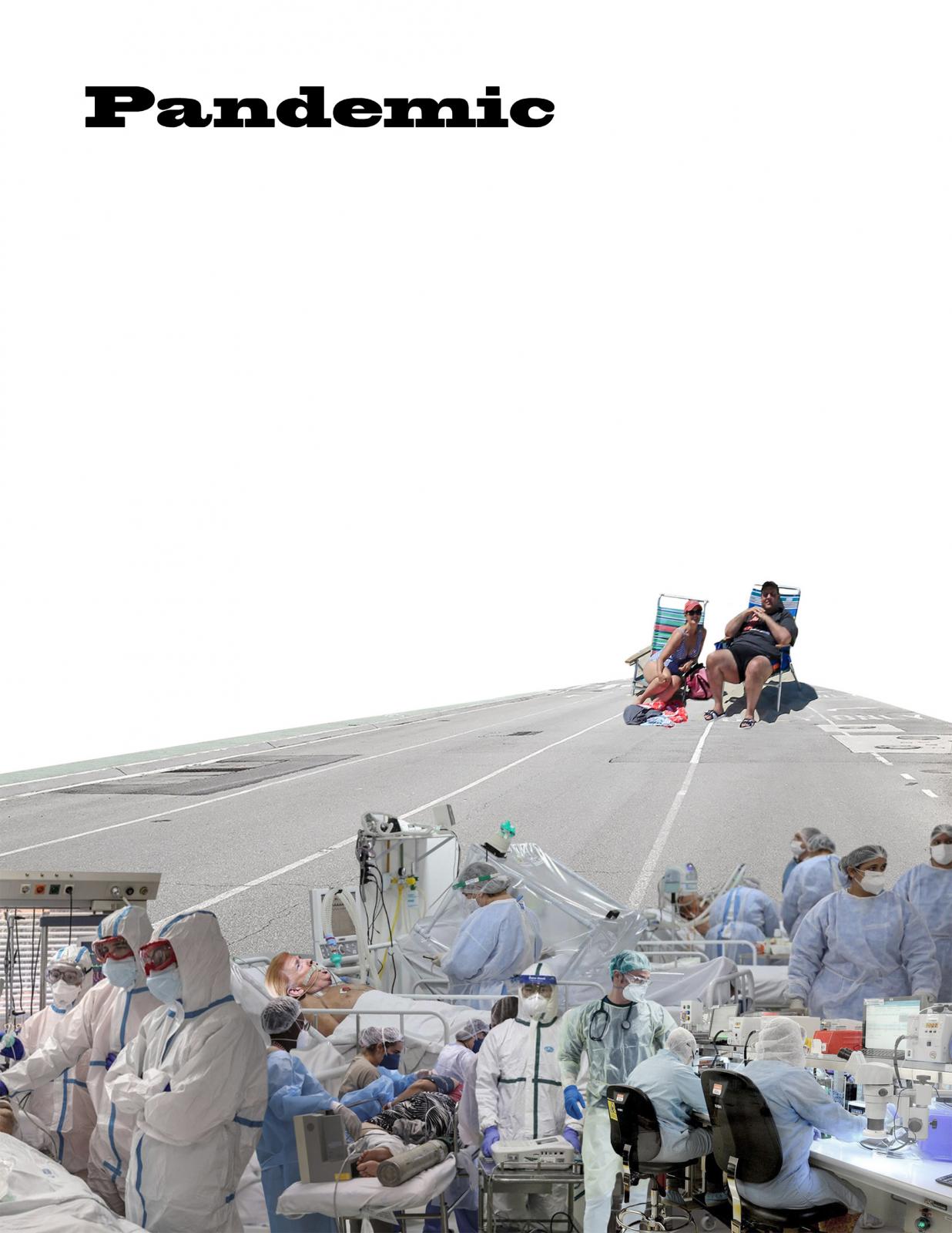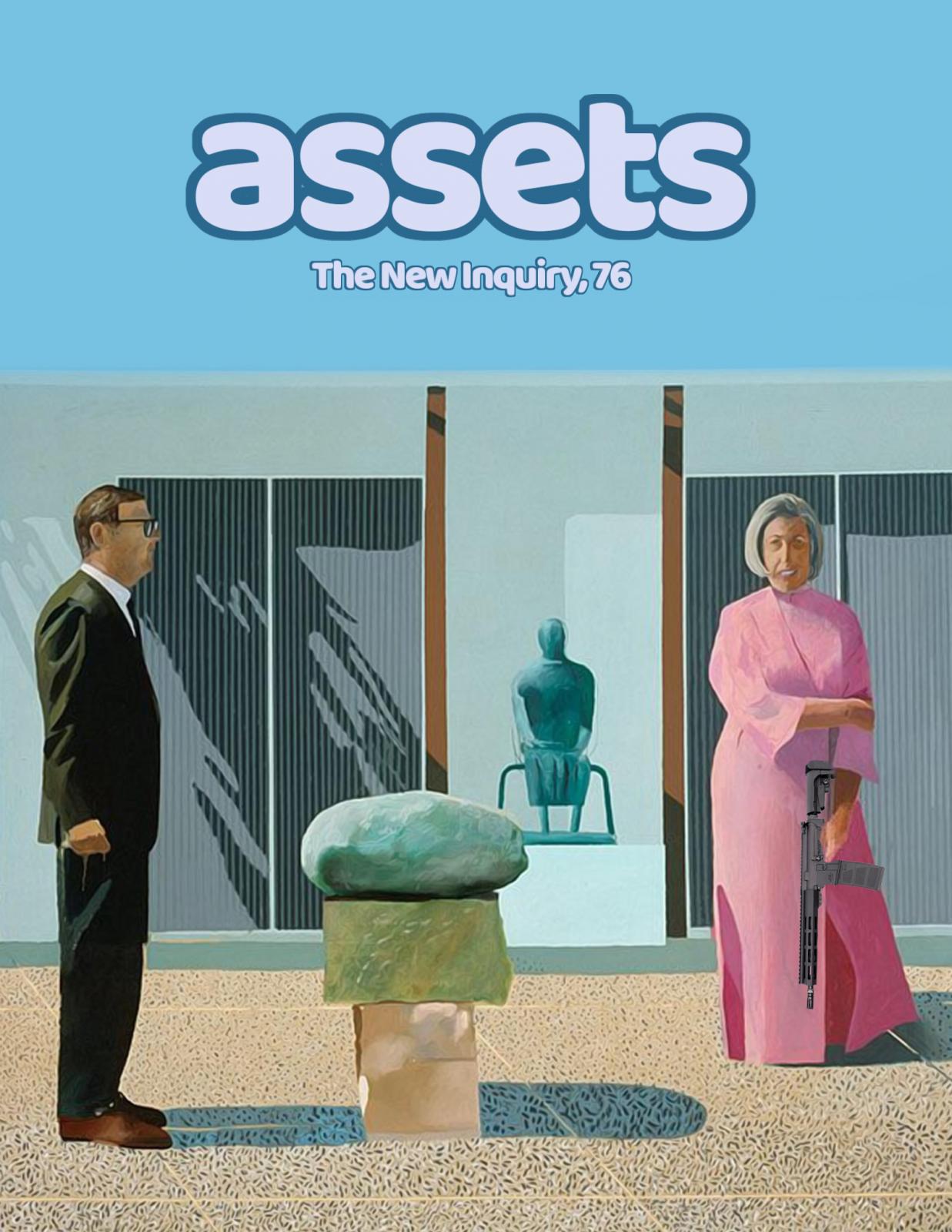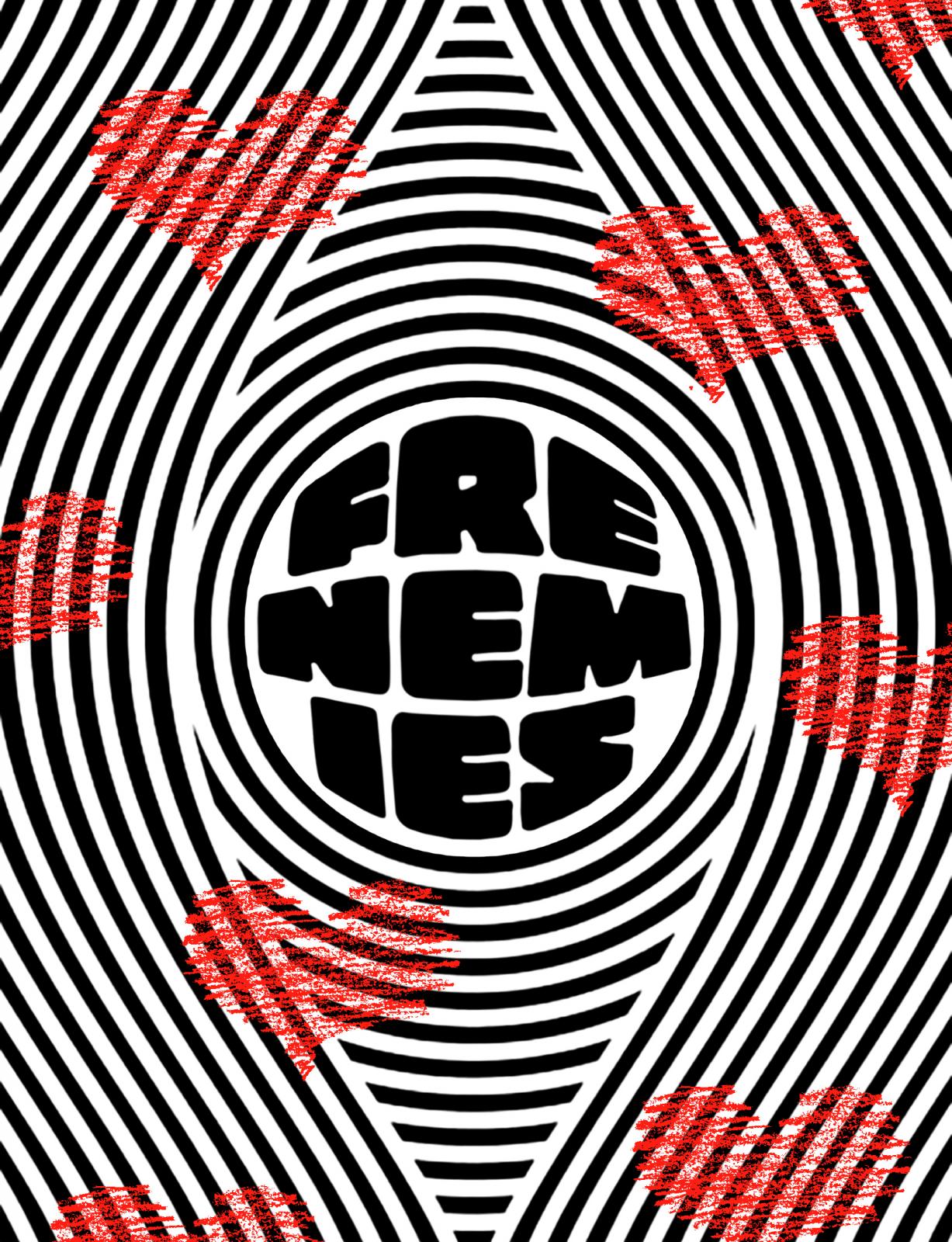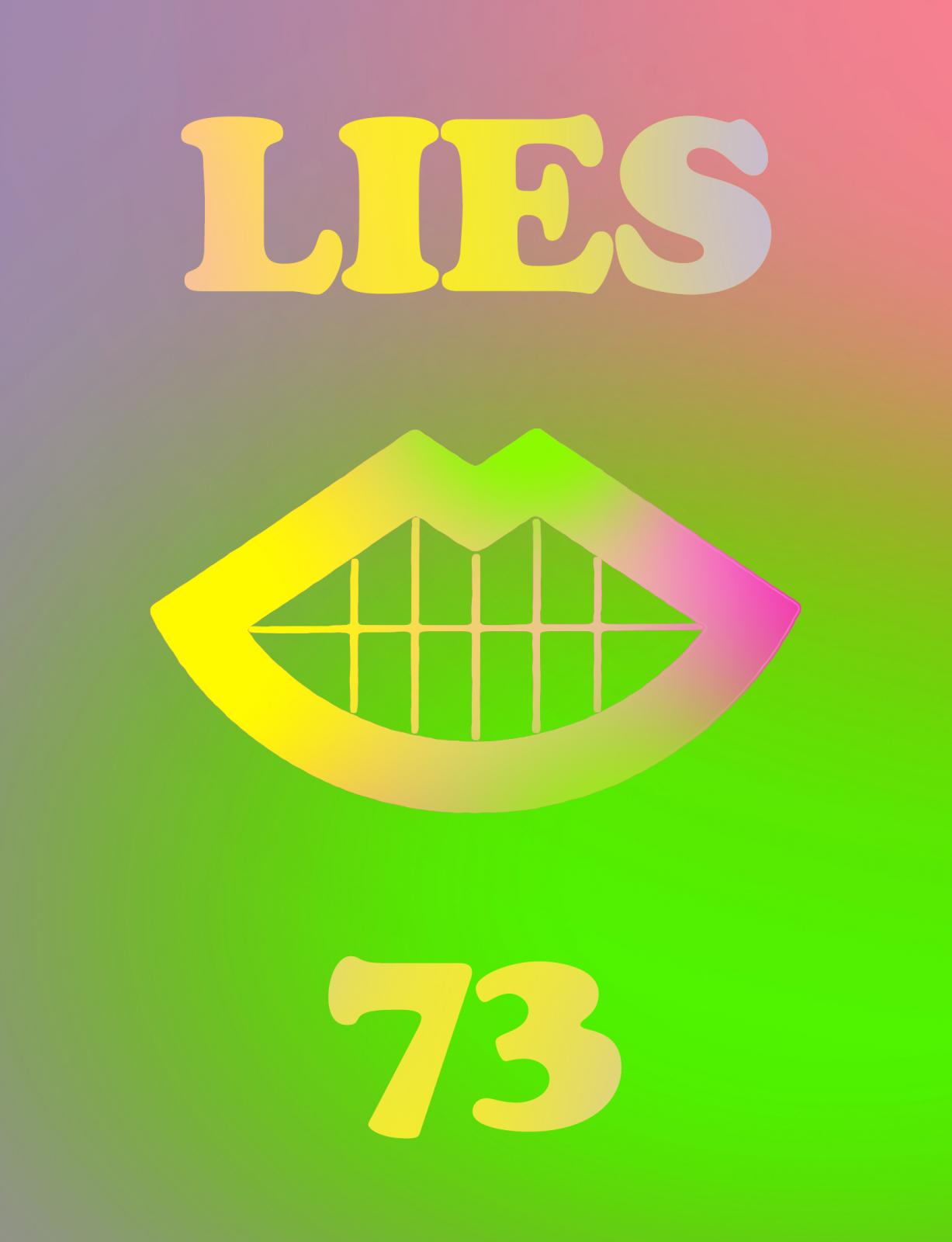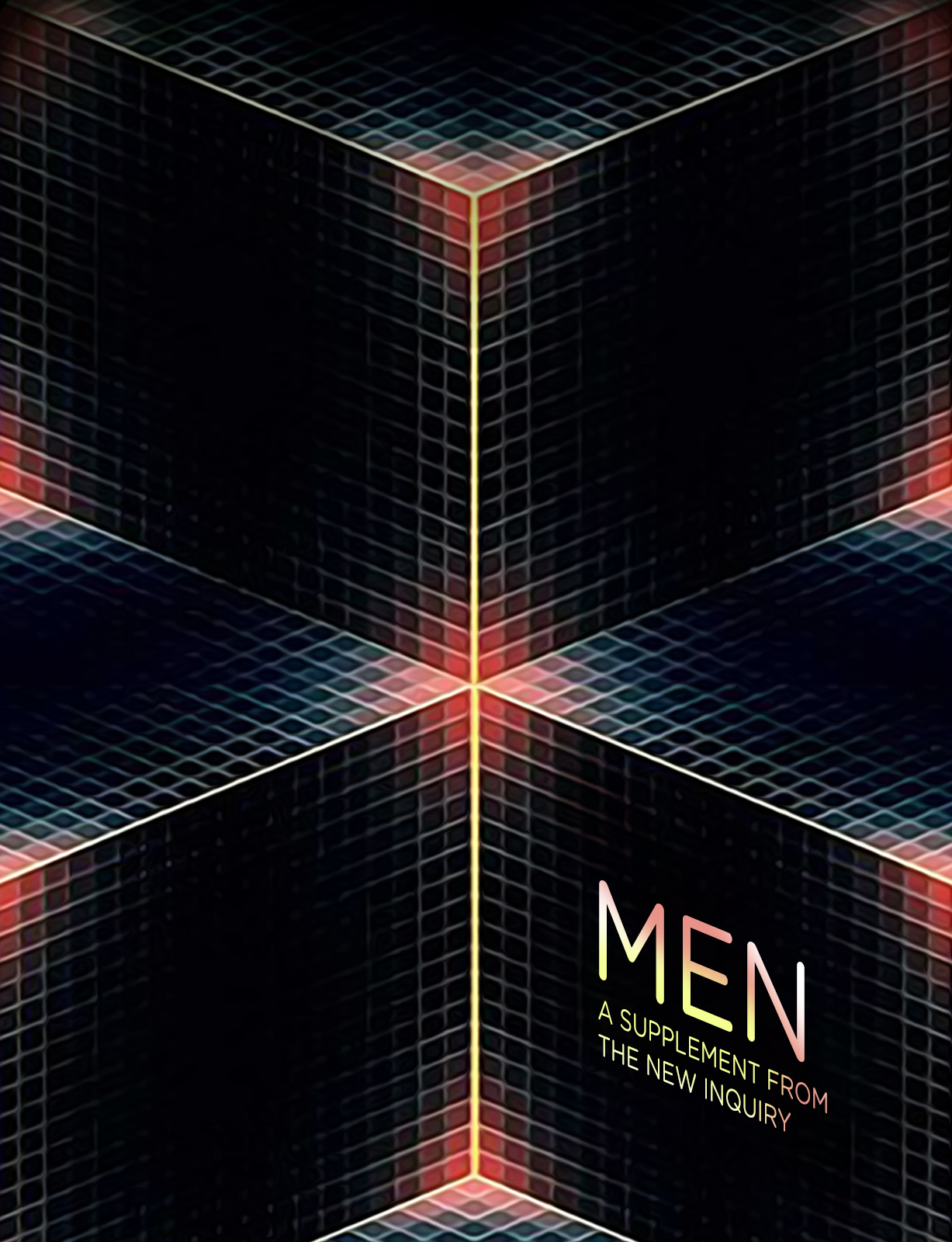Pandemic
Editors' Note
The universal truth of COVID-19 is that it has prompted no universal experience. Despite early-stage assurances from “global leaders” like the WHO that we were, all of us, “in this together,” the pandemic did not produce the communal bonds that collective trauma typically yields. Instead, it further exposed and intensified “disparities,” which were often described––by public health officials, politicians, and the media––as the unfortunate coincidence of viral spread. But “structural inequalities” have vertical hierarchies: in the United States, almost one million people have died, the vast majority of them working class black and brown people. Because these deaths embarrass the state rather than advantage it (the way politically potent tragedies, like 9/11, are primed to), COVID deaths occurred––and are occurring––without memorial or remembrance on a scale commensurate to the loss. It is disturbing to experience a news cycle that attributes the lack of restaurant workers to a decrease in worker willingness and not to the fact that line cooks had the highest risk of mortality during COVID, higher even than those in healthcare. In commissioning the essays and interviews for this issue, our goal was not to conjure a set of generalities from the same class of people that have dominated COVID commentary. It was to identify specific histories, policies, and events whose consequences have shaped and continue to shape the world.
The virus is evolving, but little else changes about a global phenomenon being experienced in radically different ways depending on where you are, who you are, and how much you have. Experienced this way, it’s easy to believe that the greatest risk we face is other people. This issue identifies forces more distinct than an amorphous danger lurking just past ourselves. The essays span pandemics old and new, and the attendant renegotiations of how we relate to one another.
Mahdi Chowdhury’s “Whirlpool of the Masses” cites the cholera outbreaks in Mecca in the 1800s that formalized racist hostility and the border regulation that followed, both of which echo the fears of threats from Asia that have characterized the COVID pandemic. In “Pfizer Walk With Me,” Beatrice Adler-Bolton and Artie Vierkant argue against a different kind of border––COVID vaccine patents––detailing how the heads of Pfizer behave like heads of state, determining the public welfare. As Adler-Bolton and Vierkant point out, the private sector has used this instance of disaster capitalism profiteering to argue for their own efficacy and public health expertise over that of the public sector. If COVID has marked a dramatic withdrawal of state power––that is, if some of us have been deliberately left to die––this departure has only been enabled by a simultaneous expansion of the state’s apparatuses of violence, punishment, and control.
As Peer Illner points out in an interview with Brian Whitener, austerity statecraft is not new. “This recent trend has been threefold: exposing communities to disaster by eroding their conditions of life through austerity; abandoning them to survive on their own; then selling off what remains of public relief infrastructures to commercial operators, once the immediate threat has receded.” Informal social networks, some of which formalized into mutual aid groups during COVID, have been factored into federal budgets––and counterinsurgency policy, as Sarah Schulman explains in an interview with Sascha Cohen. “In American history, there have been basically two different kinds of trajectories for progressive movements: utopian movements and reform movements . . . We move forward best when both movements are in place and have a dialogic relationship.” The state’s aim is to split the two, maintaining the free (to them) social services while liquidating the liberatory elements. For Schulman, ACT UP and COVID are both microcosms of this disintegration into reform.
Meanwhile, the news media encourages white-knuckled grips on a warped reality. As Jules Gill-Peterson writes in “From Gender Critical to Qanon: Anti-Trans Politics and the Laundering of Conspiracy,” a “stubbornly emotional attachment to liberal procedurality for what is clearly a deeply illiberal project” is just how America works. The result: political extremism laundered in “respectable” public fixtures like The Atlantic and the New York Times. The paranoia underpinning such hostility is the same paranoia that can lead one to correctly diagnose the hostility. As Mary Elizabeth Borkowski argues in “Eine Kleine Paranoia,” modern culture encourages us to hoard as much information as possible, as if safety is only a matter of information. It’s a tranquilizing fantasy that simultaneously offers a way to keep busy, a theme echoed by the popularity of manifestation-based belief systems. “In The Year of Magical Thinking,” Gasira Timir describes how the reemergence of manifestation rhetoric filters reality through feel-good selfishness. You don’t have to understand the suffering of others if you can simply think your way out of your own.
Rejecting the object permanence of exploitation and injustice is understandably appealing when the alternative is confronting the complexity of what harms us. But that complexity isn’t impermeable. The reproduction of social structures is deterministic and overbearing, but it’s also subject to decision-making chains and freak chance. As Andreas Malm argues in his interview with Andreas Petrossiants, sometimes these interventions require violence; Malm discourages the environmental movement’s pacifist self-branding. Instead, he says, they should take a cue from the burning of the Third Police Precinct, which 54% of Americans were in favor of. Sometimes, efforts to push back are curtailed by efforts to stay alive. In “Farming In the Shadow of the Shadow State,” c.e. details interventions in agricultural supply chains, describing how food liberation efforts are obstructed by federal austerity and the non-profit industrial complex.
This issue is titled “Pandemic,” because COVID isn’t special; it’s being upstaged as we speak in the microbiome of New York city subway rats. Sheer chance has always been in competition with structures of state in taking lives. And despite the banality of horrors, an insistence on “normalcy” has acquired the fervor of kink. The most recent Prada menswear campaign describes itself as a “utopia of normality,” which is only slightly more coherent than the “return to normal” everyone keeps referring to, and still preferable to the oxymoron of “new normal.”
As for The New Inquiry, “with everything that’s happened this year,” here’s what we found worth considering since the last pandemic, and before the next one.
Featuring
-
Vol. 75 Editors’ Note: Pandemic
-
From Gender Critical to QAnon: Anti-Trans Politics and the Laundering of Conspiracy
-
Catastrophe Capitalism: An Interview with Peer Illner
-
Whirlpool of the Masses
-
Lessons From a New History of ACT UP: An Interview with Sarah Schulman
-
Eine kleine Paranoia
-
The Year of Magical Thinking
-
Pfizer Walk With Me
-
Gentle Protests: An Interview with Andreas Malm
-
Farming In the Shadow of the Shadow State
-
Plague Existentialism
